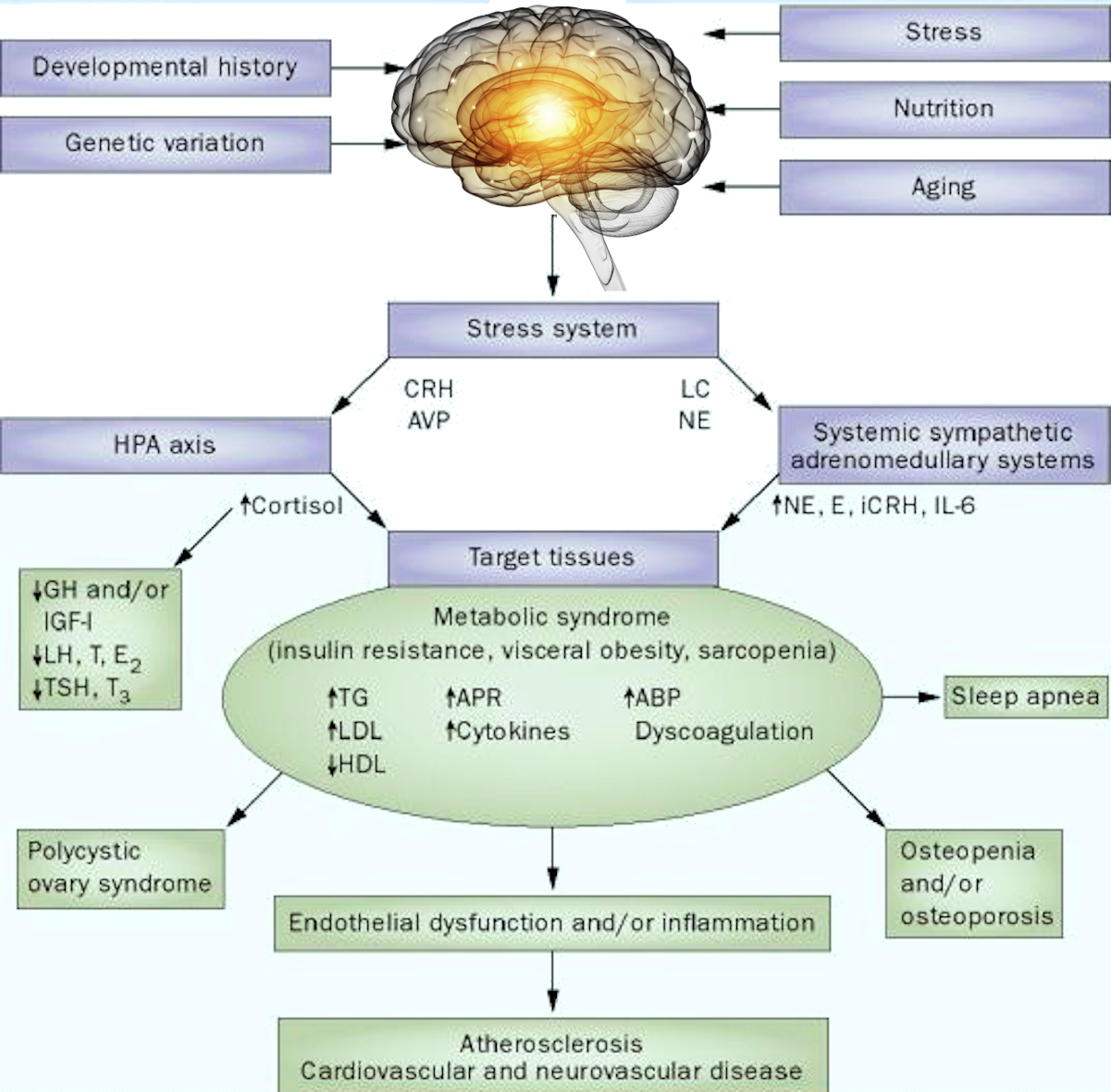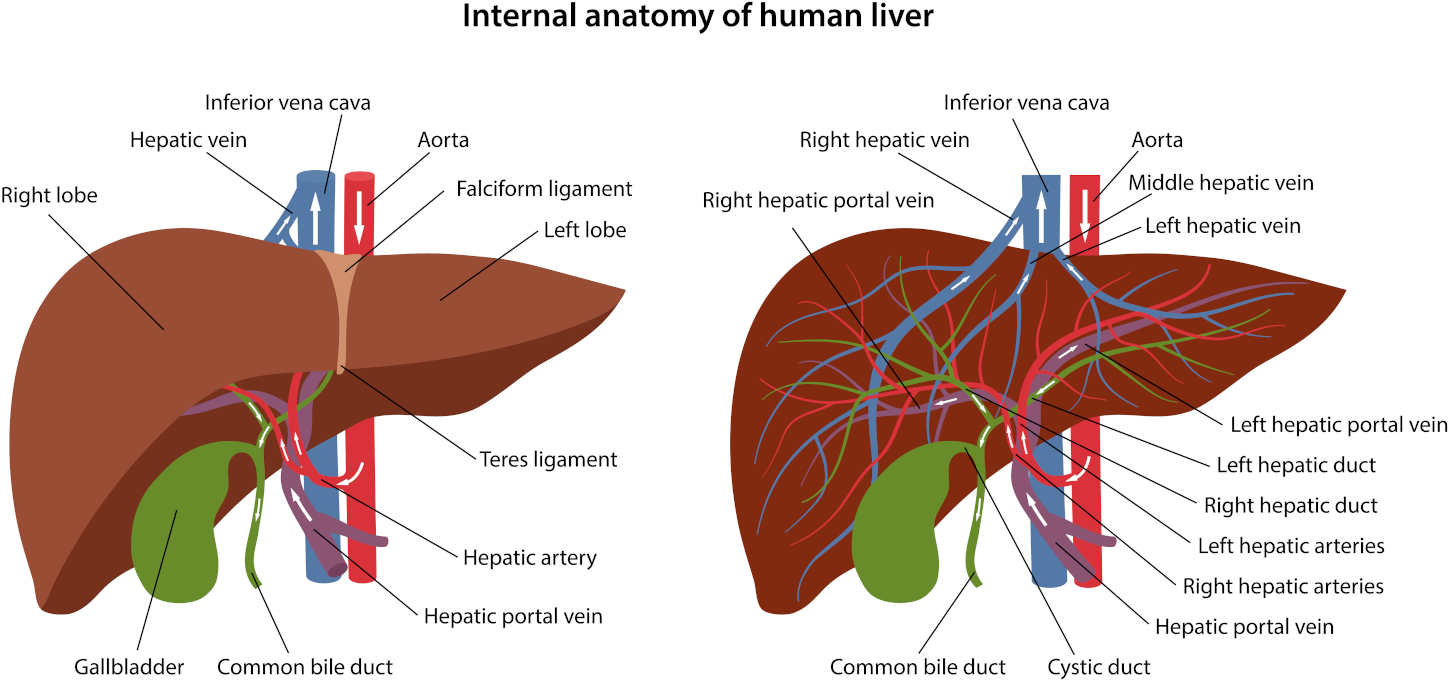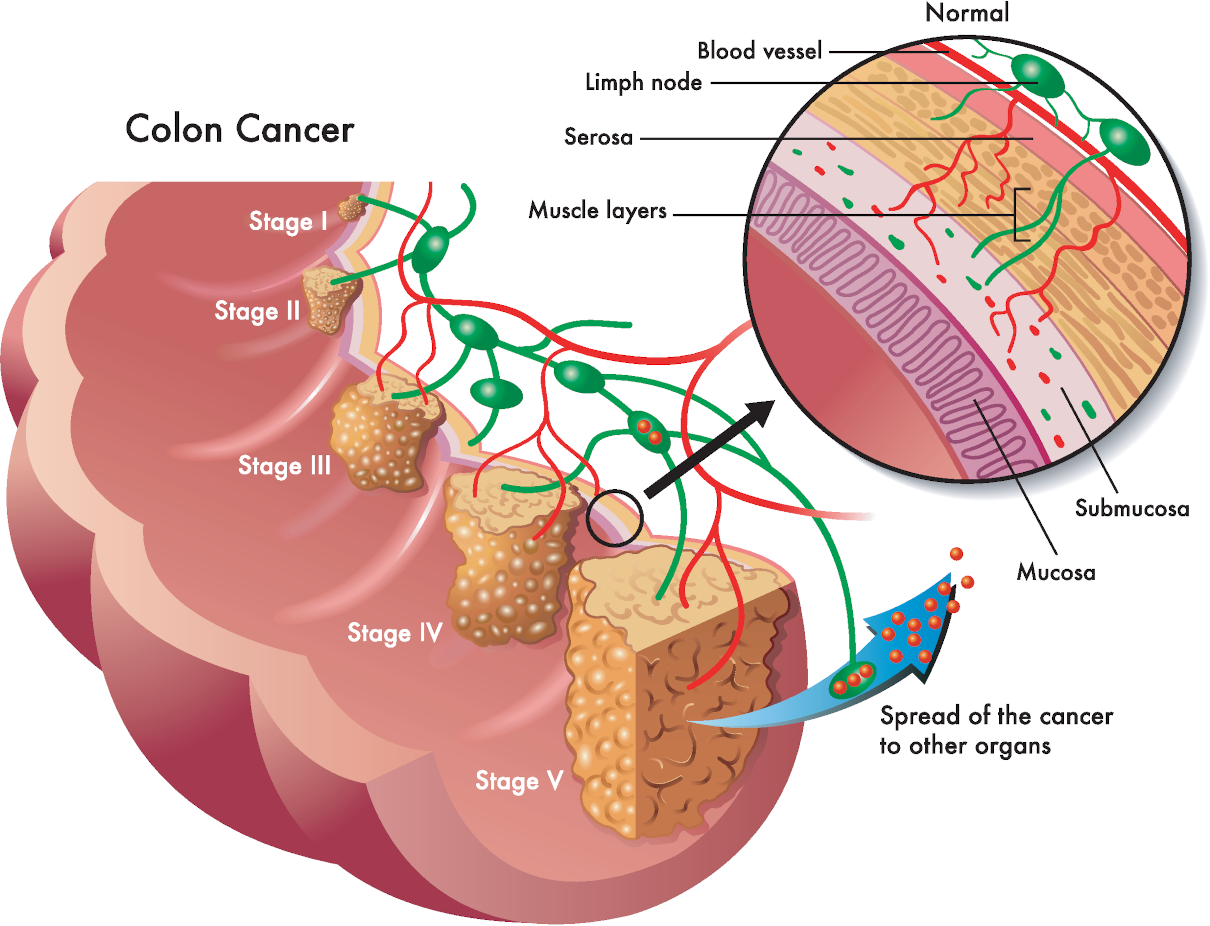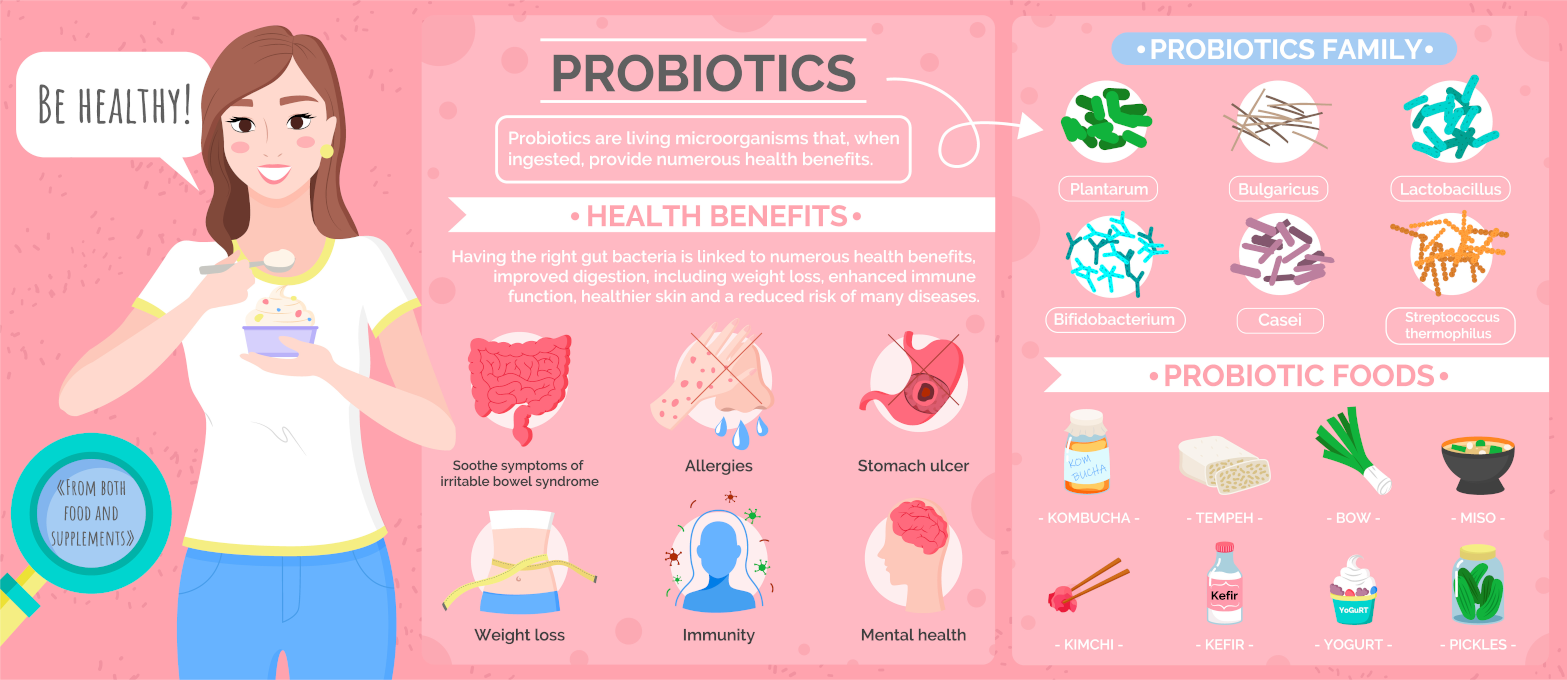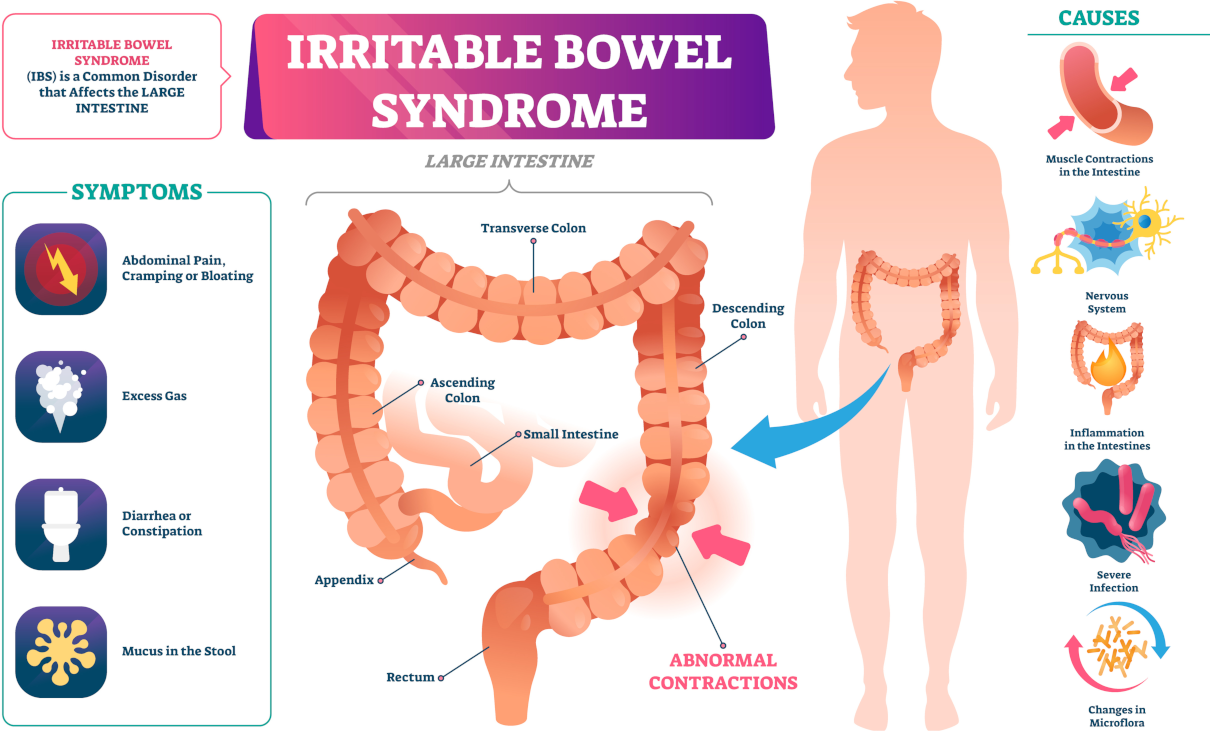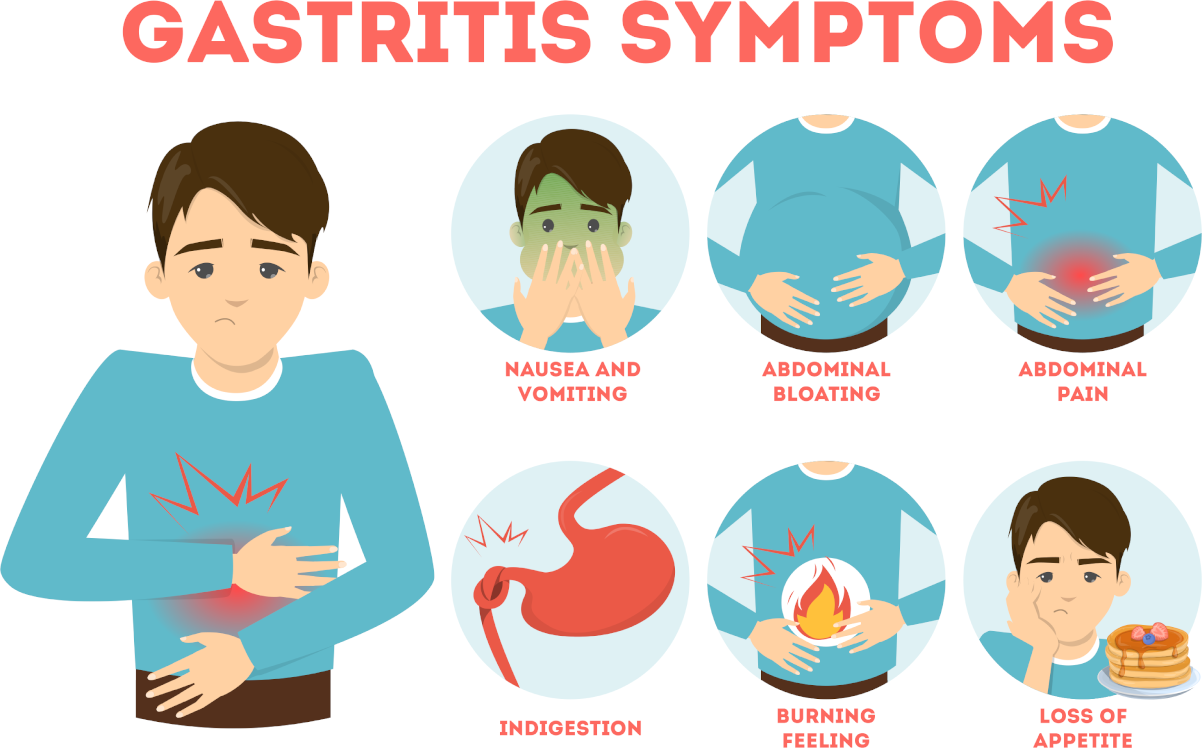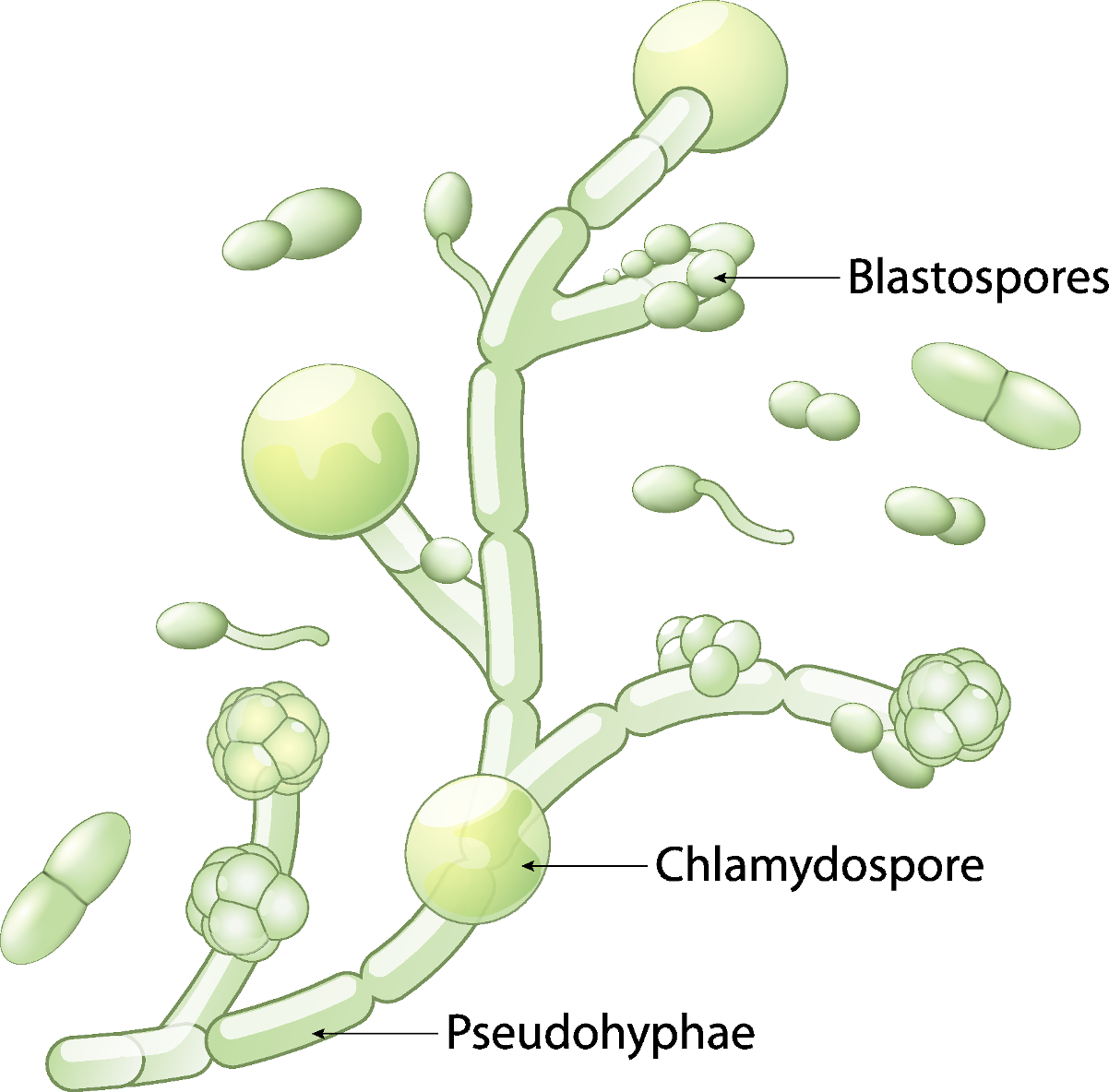
Yeast is a fungus scientifically known as Candida albicans. It grows in moist areas of the human body, such as the digestive system, and causes infections. Candida infections can be chronic for some individuals.
Candidiasis is also associated with metabolic disorders like autoimmune diseases, bowel diseases, chronic fatigue syndrome, high LDL cholesterol, and neurological disorders (Autism).
Because of the number of patients with immunocompromised systems, Candida thrives in a weakened immune system. Candida can affect the organs in a weakened immune system, causing pain and dysfunction. Besides, over 85% of AIDS patients develop a yeast infection. Dehydration then becomes a threat.
Furthermore, of the 20 strains of Candida that can live in the human body, Candida Albicans is the most prevalent. All humans have a Candida albicans infection. Candida Albicans performs healthy functions when seen in low concentrations and assists the ideal intestinal flora levels. It is one way we know our bodies are in balance.
Three out of every four women had a yeast infection during their lifetime. However, candida infections affect both men and women.

Anti-candida Mini Detox – three colonics with bicarbonate of soda
The Anti-candida mini detox involves a concentrated series of three colonics infused with bicarbonate of soda, ideally scheduled once weekly. This regimen serves as a potent initiation into a detoxifying cleansing routine, setting the pace for rejuvenation.
WHAT ARE THE RISK FACTORS FOR Candida Albicans yeast infection?
- antibiotics
- cancer
- chemotherapy
- contraceptions
- dental plates
- diabetes
- Endocrine conditions
- immune deficiencies
- iron deficiency
- malnutrition
- pantyhose
- Plastic pants worn by babies
- skin diseases
- systemic steroids
- The young and old
- warm climate
WHY ARE yeast infections OFTEN MISDIAGNOSED?
Because candida symptoms are many and varied, the following are anxiety, chemical and digestive sensitivities, decreased sex drive, depression and muscle weakness and pain, sleep disorders, and vaginal yeast infection mimic multiple chemical sensitivity (MCS).
Infections do not have to be present for yeast-related problems like the following symptoms to appear: abdominal bloating, anxiety, bladder infections, cravings for sugar or alcohol, constipation, depression, diarrhoea, difficulty in concentrating, dizziness, ear problems, fatigue, hives, impotence, infertility, irritability, mood swings, menstrual problems, muscle and joint pains, psoriasis, respiratory issues, and unexpected weight gain.
These symptoms may include discharge, itching, rash or soreness.
Seek immediate medical advice if you experience chills, fever, illness, or a worsening rash. We must see a medical professional before going for an accurate diagnosis.

Mini Detox PLUS – 3 colonics, minerals, herbal & probiotic implants
The ideal pattern of colonic treatments includes three alkalising colon hydrotherapy treatments with sodium bicarbonate, one anti-parasitic implant on the first treatment, one liver and gall bladder stimulating herbal implant on the second treatment, and a high-strength probiotic implant on the third colonic.
HOW CAN A YEAST INFECTION BE PROPERLY DIAGNOSED?
An accurate diagnosis means a complete gynecologic examination for a woman to receive.
Children and healthy adults can receive an accurate diagnosis by examining the mouth or the skin.
Sometimes, a medical professional can accurately diagnose people with weakened immune systems by examining their symptoms.
WHAT ARE THE DANGERS OF CANDIDA INFECTIONS?
Candida yeast overgrowth has become the cause of many health disorders. Candida Albicans quickly becomes out of control and threatens our health. Recent studies show that candida infections have a mortality rate of 30-40%. Candida has become the fourth leading cause of hospital stays for blood infections.
Yeast infections are usually minor, but severe conditions can develop if left untreated. If Candida is in your bloodstream, it can cause fever.
WHAT CAUSES CANDIDA INFECTIONS?
The leading culprits are a weakened immune system and a high-carbohydrate diet. Stress is a significant contributor to a weakened immune system. Eliminating stress and excess carbohydrates will relieve your candida symptoms.
A healthy digestive system also wards off Candida. Your body will function and digest properly if you ease stress, increase physical activity, and get enough sleep.
Birth control pills and certain drugs stimulate yeast overgrowth. Antibiotics also contribute to candida infections.
Diet is a significant contributor to Candida. Since Candida thrives in a sugary environment, reducing sugary foods and carbohydrates, including refined and natural sugars like fruit, syrup, juices, and honey, is essential.
Also, be aware that additives and preservatives harm the digestive system. The most common environmental toxin we ingest is the toxins in our food. Start reading labels to see what chemicals are in your foods and consider other options.
WHAT ARE THE TREATMENTS FOR Candida’s RELIEF?
Diet modification and stress relief will help. Some medical professionals may recommend antifungal prescription drugs as treatment. However, they must carefully consider the possible side effects.
Natural supplements specially designed to relieve and alleviate symptoms of candida infection exist.
Probiotics (live bacteria) are a relatively new treatment option. Colon hydrotherapy with sodium bicarbonate should also be considered.
Proper treatment can successfully rid candida infections, usually without other problems. The irritations usually clear between one to two weeks: vaginal yeast infections, diaper rash, and thrush. However, infections take longer to rid those with a weakened immune system, usually returning and are more challenging to treat.

Colonic Irrigation with anti-spasmodic herbs & bicarbonate of soda
Colon cleansing with ENEMA HERBS & bicarbonate of soda is highly anti-spasmodic and helps void gas during colon hydrotherapy. It is especially beneficial in the presence of IBS and spasms. Your appointment will also include initial consultation.



